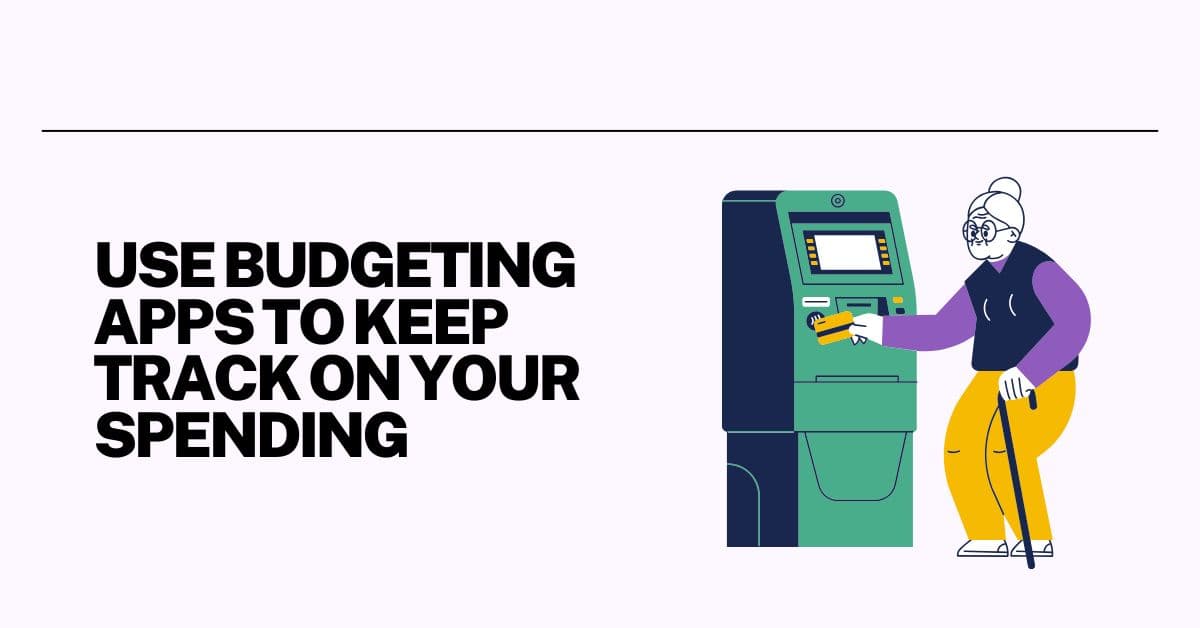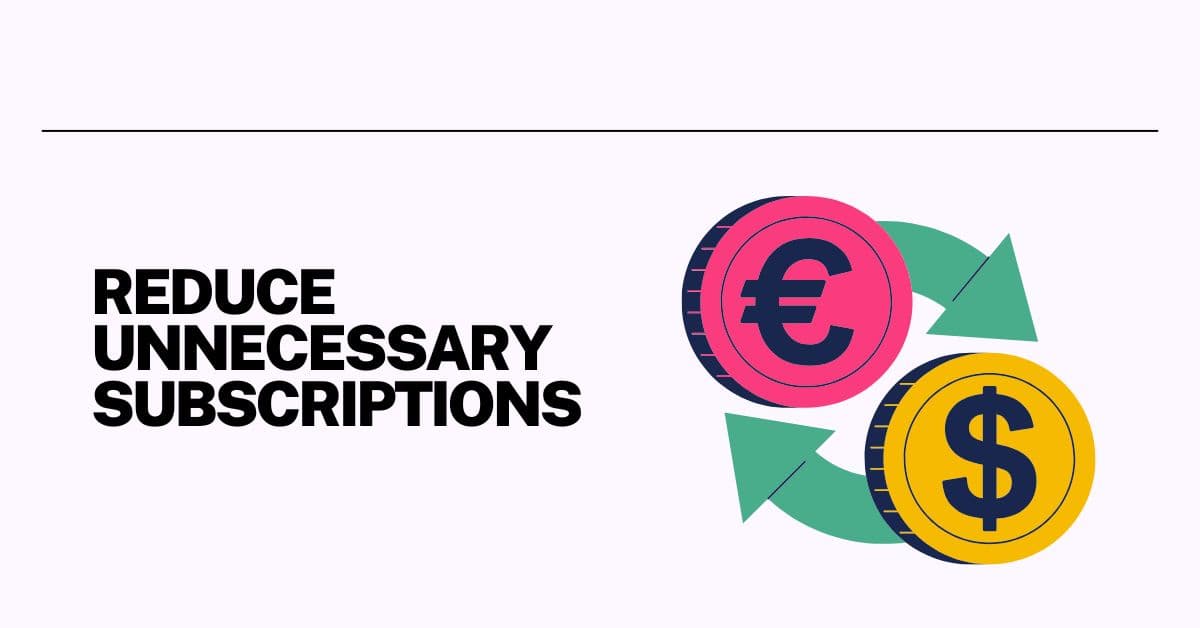Struggling to Save from Your Monthly Salary? For middle-class Indian households, saving money from their monthly salary can seem like a difficult challenge, particularly as costs rise in 2025. It’s simple to feel like you have nothing left over after paying for things like groceries, rent, and EMIs. However, saving money is essential for financial security, whether it’s for debt repayment, a dream vacation, or an emergency fund. The good news? To begin saving, you don’t have to change your way of life. This post offers five simple, useful tips designed to help Indian salaried people save between ₹1,000 and ₹5,000 every month. These beginner-friendly, time-efficient strategies, which range from using apps to track spending to micro-investing spare change, will help you reach your financial objectives stress-free.
The need for smart saving techniques is highlighted by the economic climate in India in 2025, where inflation is expected to reach 4.5% and household savings fell to a five-year low of ₹14.16 lakh crore in 2022–2023. These tips make saving easy by utilising technology and basic routines, ensuring that you can accumulate a safety net while preserving your way of life. These suggestions will enable you to take charge of your money, regardless of whether you’re new to budgeting or trying to maximise your savings.
Hack 1: Use Budgeting Apps to Keep Track on Your Spending
Effective saving begins with knowing where your money is going. A lot of salaried people don’t realise how little, regular expenses, like drinking chai every day or buying online frequently, build up. By keeping track of your spending, you may find these leaks and put money back into savings.

Apps for budgeting make this process easier by automatically monitoring and classifying your expenditures. Apps like Money View, Walnut, and ET Money are well-liked in India because of their powerful functionality and easy-to-use interfaces. For example, Money View offers insights into spending trends by syncing with your bank accounts to classify expenses into categories such as grocery, utilities, restaurants, and more. ET Money combines investing possibilities with cost tracking, while Walnut offers comparable features with the addition of bill payment reminders. People who use budgeting apps save 10–20% more than those who don’t because they are more aware of their discretionary spending, according to a 2024 study by the National Centre for Financial Education (NCFE) [NCFE Survey].
How to Start:
- Select an App: Choose a budgeting app based on bank compatibility and ease of use, such as Money View or Walnut.
- Link Accounts: Use bank-level encryption to safely link your credit cards and bank accounts while protecting the privacy of your data.
- Establish Categories: Tailor your spending categories (e.g., food, transportation, entertainment) to your way of living.
- Track Spending: Use the app once a week to find areas where you are overspending, like ₹3,000 a month on eating out.
- Modify the Budget: Establish reasonable spending caps for every area, with the goal of reducing unnecessary expenses by ₹1,000 to ₹2,000.
For example, Priya, a 28-year-old Bengaluru professional who makes ₹50,000 a month, tracked her spending with Money View. She found out that she had spent ₹4,000 on eating out. Setting a monthly meal budget of ₹2,000 allowed her to save ₹2,000, which she then transferred to her savings account.
Potential Savings: ₹1,000 to ₹2,000 per month through the identification and elimination of unnecessary expenses.
Hack 2: Set Up Your Savings Automatically
You can save regularly without using willpower if you automate your savings. You “pay yourself first” by prioritising saving over other expenses by establishing automated transfers to a savings account as soon as your pay cheque is credited.
The majority of Indian banks, including [HDFC Bank] and [SBI], provide alternatives for regular transfers via their mobile apps or online banking platforms. The date and amount are up to you, allowing transfers to coincide with your pay cycle. Transferring ₹5,000 on the second of every month, for instance, guarantees that savings are protected before discretionary spending. Because it eliminates the desire to spend, research indicates that automating savings raises savings rates by 15% [Financial Express].
How to Start:
- Log in to Internet Banking: Go to the web platform or app of your bank and log in to Internet Banking.
- Navigate to Transfer: Go to Transfers and select the option for planned or recurring transfers.
- Establish a Transfer: Choose a savings account as the destination and your salary account as the source.
- Select day and Amount: Decide on a day that is soon following your salary credit (for example, the second of the month) and a fixed amount (for example, ₹5,000).
- Verify: Go over and save the configuration, making sure you have the freedom to change it if necessary.
For instance, on the 2nd, Arjun, a 32-year-old IT specialist in Mumbai who makes ₹60,000 a month, transfers ₹5,000 to his [HDFC Bank] savings account. This increases his emergency fund by saving ₹60,000 a year without requiring any human labour.
Potential Savings: ₹2,000 to ₹5,000 each month, contingent on your savings objective and income.
Hack 3: Reduce unnecessary subscriptions
Your income may be silently drained by subscriptions to streaming services, music applications, gym memberships, and other digital services. Even if individual subscription might appear reasonably priced, taken as a whole, they can add up to a substantial sum that is frequently overlooked until you check your spending.

The average Indian spends between ₹500 and ₹1,000 a month on subscriptions, which include fitness apps, Netflix, and Amazon Prime [Economic Times]. You can free up money for savings by locating and terminating low-value or underused subscriptions. Two ₹300 subscriptions, for example, can be cancelled to save ₹600 per month or ₹7,200 per year.
How to start:
- List Subscriptions: Make a list of every subscription and include the monthly or yearly price.
- Analyse Usage: Analyse how frequently you utilise each service. Think about cancelling if you haven’t used it in the last month.
- Examine Your Options: Choose shared or free services, such as using free exercise apps or a family member’s streaming account.
- Cancel Unused Services: Visit each account’s website or app to terminate subscriptions.
- Keep an eye on new subscriptions: When enrolling in new services, use caution and make sure the costs are within your means.
For example, Neha, a thirty-year-old Delhi teacher who makes ₹40,000 a month, checked her subscriptions and discovered that she was only routinely using one of the three streaming services she was paying for (₹900 total). She transferred the ₹600 she saved each month from cancelling two to a savings account.
Potential Savings: Eliminating unwanted subscriptions could result in monthly savings of between ₹200 and ₹600.
Hack 4: Use Cashback and Discounts to Shop Smartly
Your monthly expenses can be significantly reduced by smart shopping, which will free up more money from your pay cheque. You may save costs on regular purchases like groceries, electronics, and clothes by utilising cashback applications, discount codes, and loyalty programs.
Cashback on purchases from Amazon, Flipkart, and BigBasket is available in India through apps like CashKaro, Paytm, and Amazon Pay. Rewards-based credit cards, like those offered by [HDFC Bank] or [SBI], offer extra savings on things like groceries and petrol. A 5% payback on a monthly grocery bill of ₹10,000, for instance, saves ₹500, or ₹6,000, every year. You can save even more money by timing your purchases for holidays like Diwali or Republic Day [DesiDime].
How to start:
- Download Cashback applications: To access cashback deals, use applications such as Paytm or CashKaro.
- Look for Discounts: Before making a purchase, look for coupons on websites such as CouponDunia or GrabOn.
- Use Reward Credit Cards: Pick credit cards that provide you cashback on the things you spend money on most often.
- Plan for Sales: To optimise savings, postpone non-essential purchases until significant sales occasions.
- Compare Prices: To locate the best offers, use price comparison tools on applications like [Amazon] or [BigBasket].
For example, Rohan, a 35-year-old engineer in Chennai who makes ₹70,000 a month, used CashKaro to purchase a ₹50,000 laptop. He saved ₹7,500 overall by using a 10% discount voucher (₹5,000) and 5% cashback (₹2,500).
Potential Savings: Potential monthly savings by utilising rewards and discounts range from ₹500 to ₹1,500.
Hack 5: Use Micro-Investing Apps to Maintain Spare Change
By rounding up your purchases and putting the spare change into diversified portfolios, micro-investing applications make saving and investing simple. Because they let you accumulate wealth over time without feeling pressed for cash, these applications are perfect for new users who find it difficult to save big sums of money.
By rounding transactions to the closest ₹10 or ₹100, apps like Jar and Spinny allow micro-investing in India. The difference is then invested in mutual funds or digital gold. For example, a coffee purchase of ₹45 rounds up to ₹50, requiring ₹5 in investment. According to Jar, micro-investing allows users to save an average of ₹1,000 to ₹2,000 each month, which can increase dramatically over time with compound returns [Jar]. In ten years, a 12% monthly investment of ₹1,000 may increase to ₹2.4 lakh.
How to start:
- Select an App: Install a trustworthy app for microinvesting, such as Spinny or Jar.
- Finish KYC: For regulatory compliance, supply your PAN and Aadhaar information.
- Link Accounts: To keep track of transactions, link your credit card or bank account.
- Set Round-Up Preferences: Decide whether to round up to ₹10 or ₹100 and pick your investment options (gold, mutual funds, etc.).
- Track Investments: To keep tabs on the progress of your investments and savings, check the app frequently.
For example, Sanjay, a 27-year-old Hyderabad-based marketing expert who makes ₹45,000 a month, utilised Jar to round up purchases. He enrolled in a mutual fund, saved ₹1,500 in three months, and intends to keep going for long-term growth after spending ₹10,000 a month.
Potential Savings: Micro-investing could result in monthly savings of ₹1,000 to ₹2,000.
Frequently Asked Questions (FAQs)
1. What is causing my pay to be so difficult to save?
Saving money might be difficult due to rising costs and unforeseen expenses. These obstacles can be addressed by automating savings and keeping track of spending [NCFE Survey].
2. Which Indian budgeting apps are the best?
Easy-to-use features like bill reminders and cost tracking make Money View, Walnut, and ET Money well-liked.
3. How much can these hacks save me?
By using these tips, you might save between ₹1,000 and ₹5,000 each month, depending on your income and expenses.
4. Are applications for micro-investing secure?
Bank-level security and SEBI-regulated platforms are used by trustworthy apps like Jar, although they always confirm KYC compliance [Jar].
5. Can someone with a low salary start saving?
Yes, regular saving and investing can result in large growth from even modest sums, like ₹500 to ₹1,000 each month.
An Example from Real Life
Scenario: Because of the high cost of living, Priya, a 30-year-old professional in Bengaluru who makes ₹50,000 a month, found it difficult to save.
- Action: She tracked her spending with Money View and reduced her dining expenses, saving ₹2,000. She cancelled two ₹300 memberships (saving ₹600), utilised CashKaro to get ₹1,000 in cashback on purchases, automated ₹5,000 monthly savings with [HDFC Bank]([invalid website, do not reference]), and saved ₹1,500 per month using Jar’s micro-investing.
- Result: Priya started down the route to financial security by investing ₹18,000 in mutual funds, saving ₹10,100 a month, and accumulating a ₹1.2 lakh emergency fund in a year.
Conclusion
In 2025, saving from your monthly salary doesn’t have to be too difficult. You may save ₹1,000 to ₹5,000 per month without making significant changes by using budgeting tools to track your spending, automating saves, reducing pointless subscriptions, using cashback to shop wisely, and microinvesting spare change. To customise your strategy, start with one hack, use resources like Money View or Jar, and speak with a financial counsellor. Build a better financial future by taking charge of your money now!
Disclaimer: Individual financial results may differ. Prior to putting these suggestions into practice, speak with a knowledgeable financial advisor. This article is solely meant to be instructive.
Silver Price Today – 5 Smart Ways to Save on Your Next Purchase
TCS Share Price Target 2025 – Save Smart Now or Regret Later!
7 Monthly Saving Hacks for Middle Class in India

